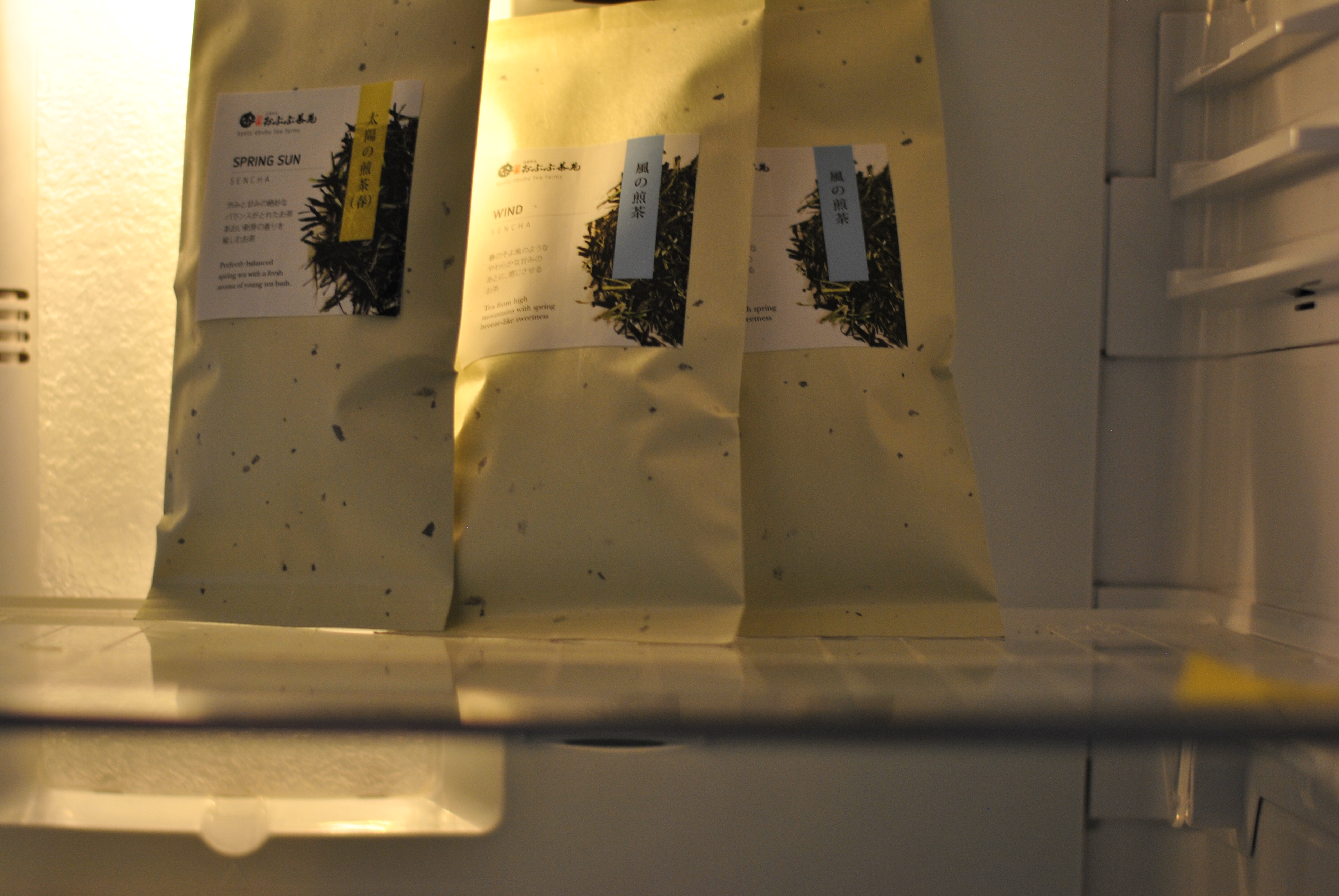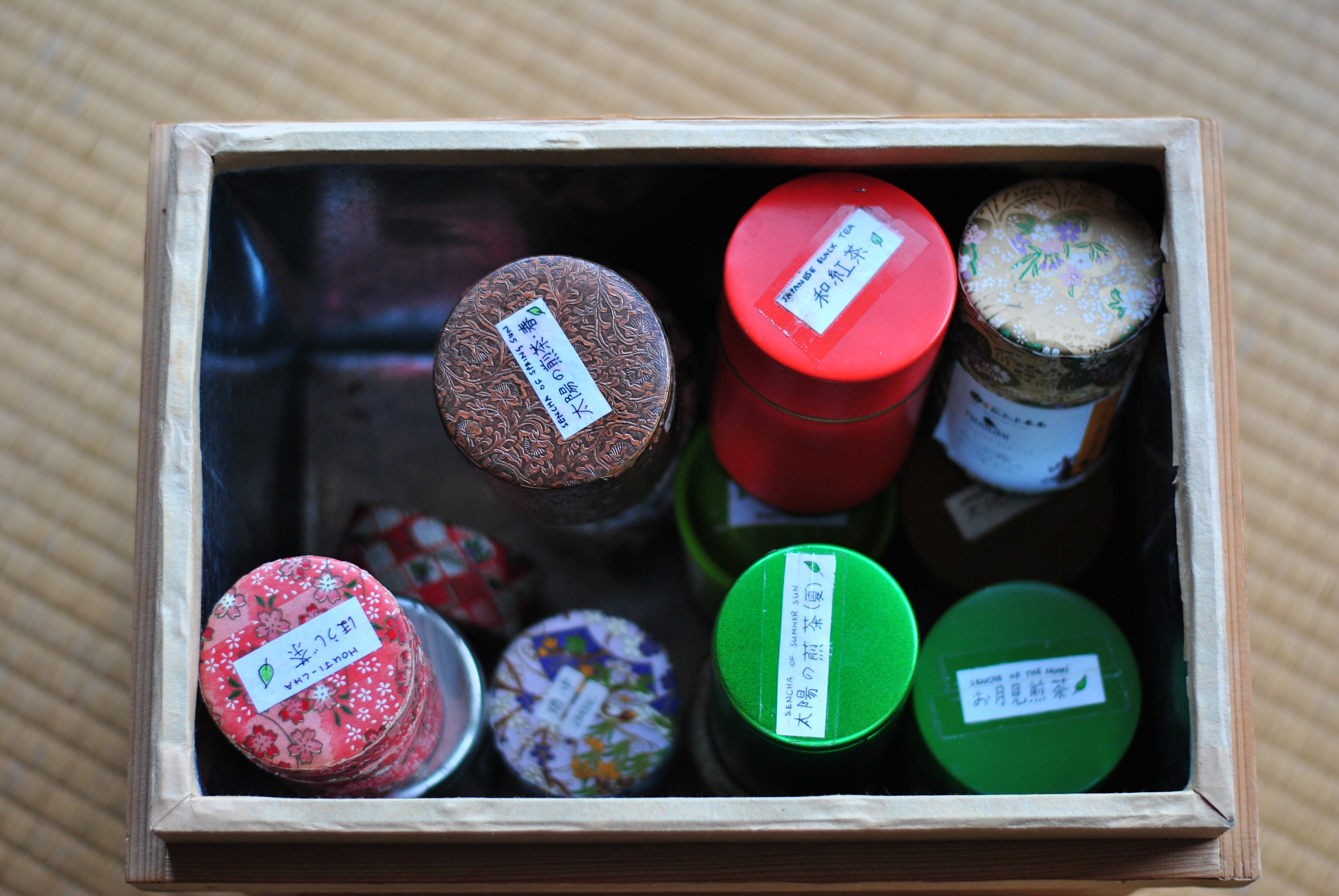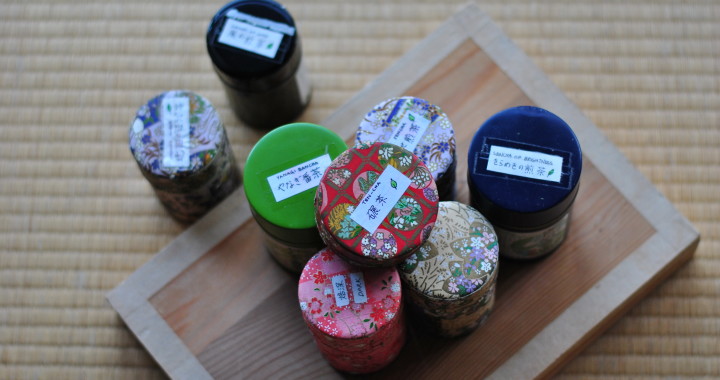Part of enjoying tea culture is the anticipation of opening a new packet of tea. With the opening of the seal, the delightful aroma is a delightful preface to the cup of tea you are about to enjoy.
As we all have experienced, slowly over time, the opened loose tea seems to lose some of that initial quality. And although one might not catch that first fragrance again, freshness can be maintained by storing tea properly.
But this delicate flavor can be affected by moisture, sunlight, odor, air flow, and temperature. To avoid changes in your tea leaves, it is essential that you understand how to store tea. It is also important to know that depending on the tea, the storing recommendations may differ. Always read available instructions carefully.
Storing Shincha or Sencha
Green tea is unfermented and has a grassy, subtle sweetness that can quickly lose freshness. The general recommendation is to consume green tea in a few weeks because frequent opening of the container will result in a quick loss of flavor. For shincha – spring’s first flush sencha tea, only the young, new leaves from the tea plant are used to make the leaves, making their flavor very delicate.
If you plan to consume your shincha or sencha very quickly (within a month), we recommend storing it in an airtight container in your refrigerator, taking it out only when you would like to steep your tea. The seal is very important as odors from the refrigerator can get in. Also, replace it immediately as the change in temperature will create condensation in the container ruining the leaves.

If you plan to use your shincha or sencha over several months, we recommend separating a bit of tea (say enough for 1-2 weeks) and keeping this outside of the refrigerator. The tea will be used quickly enough that not storing it at low temperature won’t affect the flavor too much.
Traditionally in Asia, green tea has been stored in tin cans, not only protecting it from sunlight, but from moisture and odor as well. Make sure your canister does not allow light to enter, which means that glass and anything transparent are poor choices. Today, tea canisters are made from a variety of materials such as wood, brass, tin, stainless steel, copper, silver, ceramic and plastic. Just make sure your caddy has an air tight seal to protect the tea from moisture.

Other Teas
Oolong Tea is partially fermented Chinese tea. Black tea (sometimes referred to as red tea) is fully fermented. There are a variety of black teas, the most well-known are the Indian teas such as Darjeeling, Assam and English Breakfast. Both oolong and black tea use heartier tea leaves which means it can be kept for two to three years if properly stored. Though not as delicate as green tea, it is vulnerable to the same elements: sunlight, moisture, odor, heat, and air flow. Therefore, the same storage recommendations to green tea apply to oolong tea and black tea.
Pu-erh Tea is fully fermented but also has a post fermented stage. It is a tea that changes and develops over the aging process even after it is packaged, similar to wine. Therefore, unlike other teas, it should be stored in a breathable container such as fabric and needs a specific humidity level. It’s also important that the environment be odor free, sunlight free, and allows good ventilation. Due to the vast differences in quality of pu-erh tea, to insure proper aging, storage advice form the specific tea merchant should always be followed.
Other Storage Tips
Should tea be kept in the refrigerator? The concern about the refrigerator is the exposure to odors and temperature. But with a non-porous container, this becomes less of an issue. The main problem of storage in the refrigerator is that changes in temperature when you remove the tea from the container can cause condensation. To be safe, you can also leave the container at room temperature for 4-6 hours before opening it.
Can tea be stored in the freezer? Farmers and distributors, storing large amounts of tea will freeze large quantities. But, for general household use it’s not necessary to freeze your tea unless you purchase a large amount of tea at one time. In this case, it’s best to leave aside just enough tea for a few weeks and freeze the rest. When ready to use the frozen tea, be sure to place it in the refrigerator first to raise the temperature gradually to minimize condensation.
Following these simple guidelines will help ensure the freshness of your tea and enhance your tea experience.
Jenny Hones


I wish I knew about the condensation thing sooner – I had some loose leaf tea in the back of my fridge, and it ended up getting moist and ultimately growing mold and I had to throw it away :( I smartened up after that lol!
Thanks for putting this resource together, I found this article very helpful.